Introduction
Medicines are administered into the human body through different routes of administration depending on the method of absorption required for their therapeutic effect. Medicines reach the targeted area to act through various types of dosage form. The following are examples of the common type of dosage forms used:
- Tablet
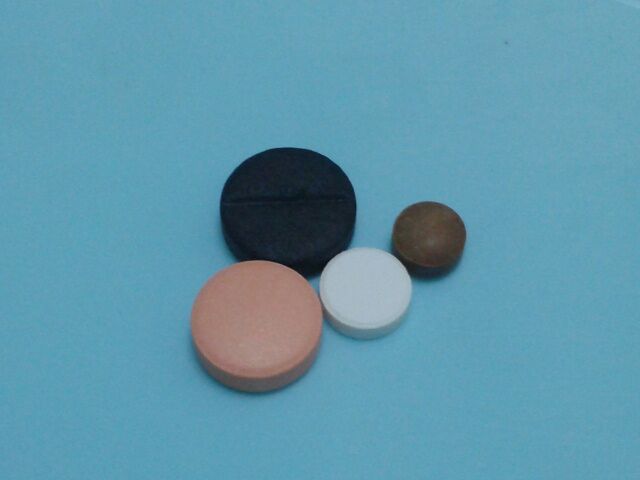
Tablets are solid dosage form to be taken orally into the body. A tablet may contain one or more medicines, which are compressed together with other ingredients such as preservatives, flavouring agents and binders. Tablets come in a variety of shapes and colors. Here are the different types of tablet available:
- Effavescent tablet
This tablet will dissolve upon contact with water due to the release of gas. Gas produced from the reaction of bicarbonate with citric or tartaric acid to facilitates the process of dissolving the medicine. For example: Vitamin C tablet.

- Chewable tablet
This tablet is meant to be chewed to make it broken down to smaller pieces. This will increase the surface area exposed for the dissolution process and allows, medicines that are released to be absorbed more quickly. This type of tablet is usually given to patients who have difficulty in swallowing , such as the elderly and children. It is also used if the dose given is too large. Example: Multivitamin chewable tablet.
- Sublingual tablet
This tablet is designed to be placed under the tongue so that it can be absorbed directly into the bloodstream through the mucosal membrane. This method produces faster therapeutic effects as compared to oral administration. Example: trinitrate tablet.
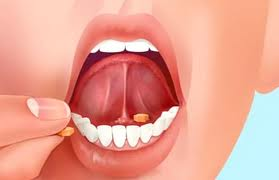
- Enteric coated tablet
A tablet with a special coating that avoids it from dissolving in the stomach but will dissolves in the intestine. It is used to prevent medicine from being degraded by gastric juice in the stomach so that it can be absorbed in the intestine.
- Effavescent tablet
- Capsule
An edible preparation inside a small casing, usually made of gelatin, that can be filled with medicines to produce a unit dose for oral use.
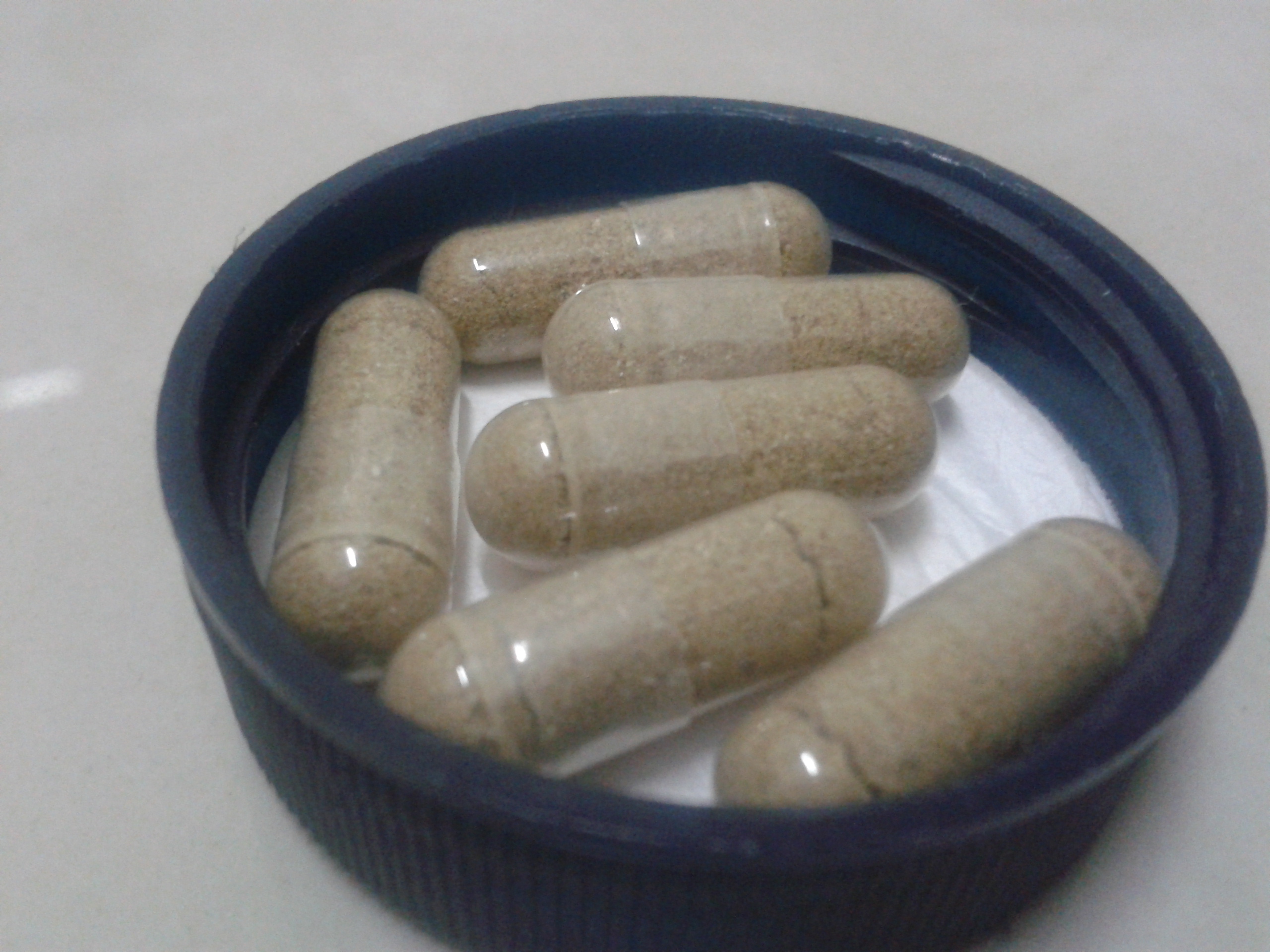
- Powder
Medicated powder for oral use is usually dissolved in water for the patient to drink for its therapeutic action. It is usually supplied in small sachets Example: Oral rehydration salts.
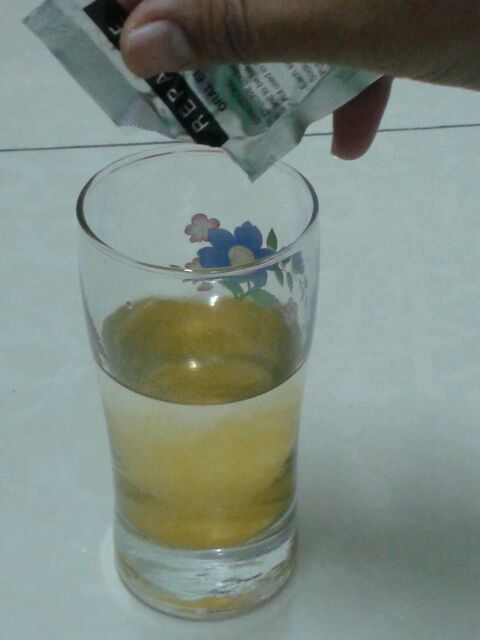
- Lozenges
Lozenges are medicated solid preparations that need to be sucked inside the mouth until dissolved. Lozenges are typically used to relieve coughs and sore throats.

- Mixtures
Mixtures are liquid preparations containing medicated active ingredients dissolved in a suitable solvent medium and to be taken according to the dose prescribed. Example: Cough mixtures.
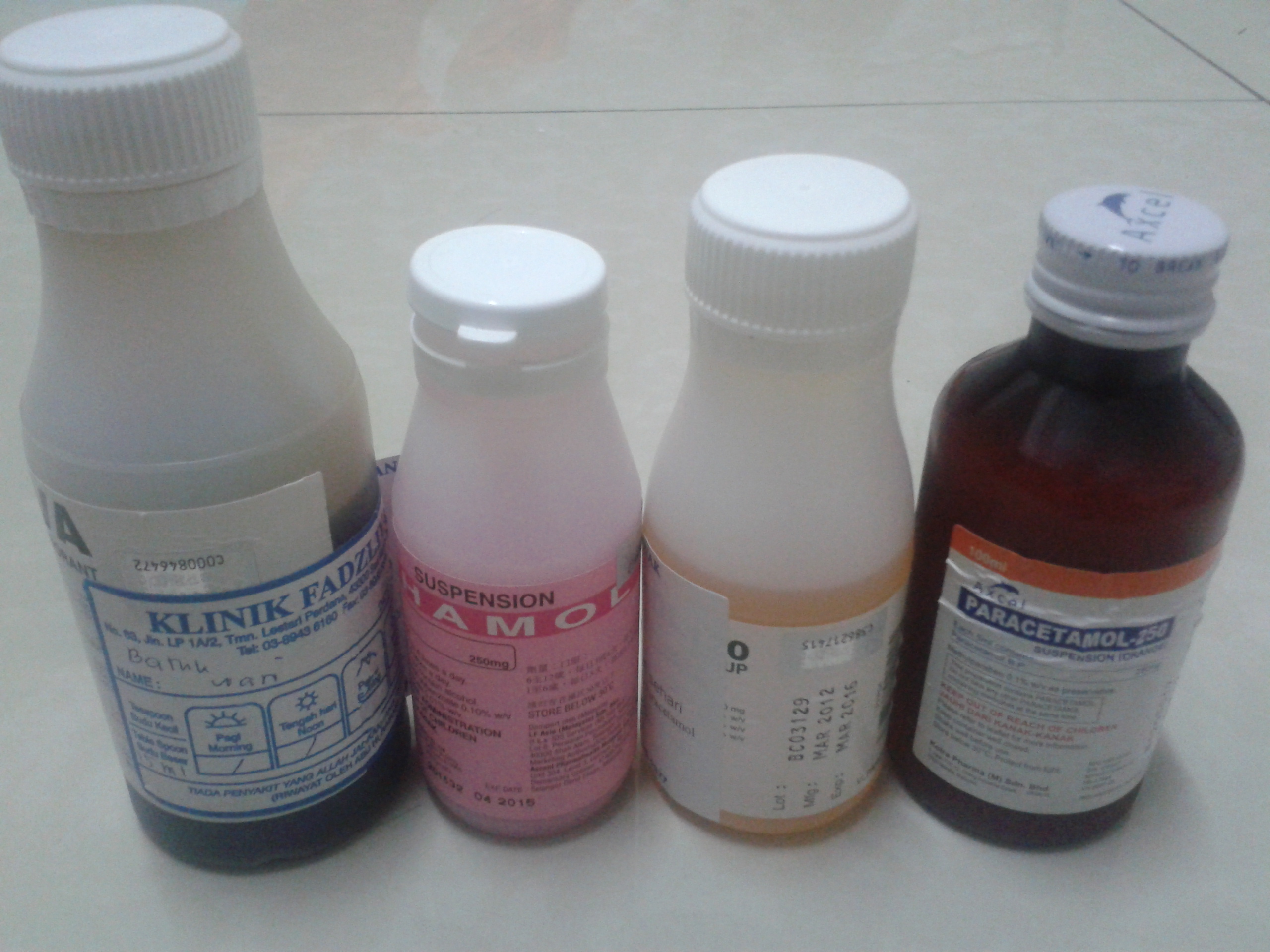
- Implant
Implant is a medicine delivery device planted in the body (most commonly under the skin) to enable the administration of medicine slowly and steadily over a period of time. This device is usually used to deliver hormones or contraceptives. For example: Implanon

- Irrigation solution
It is a sterile germ-free solution, which is used to clean body cavity, operation sites, wound or the urogenital system. Example: Saline solution..
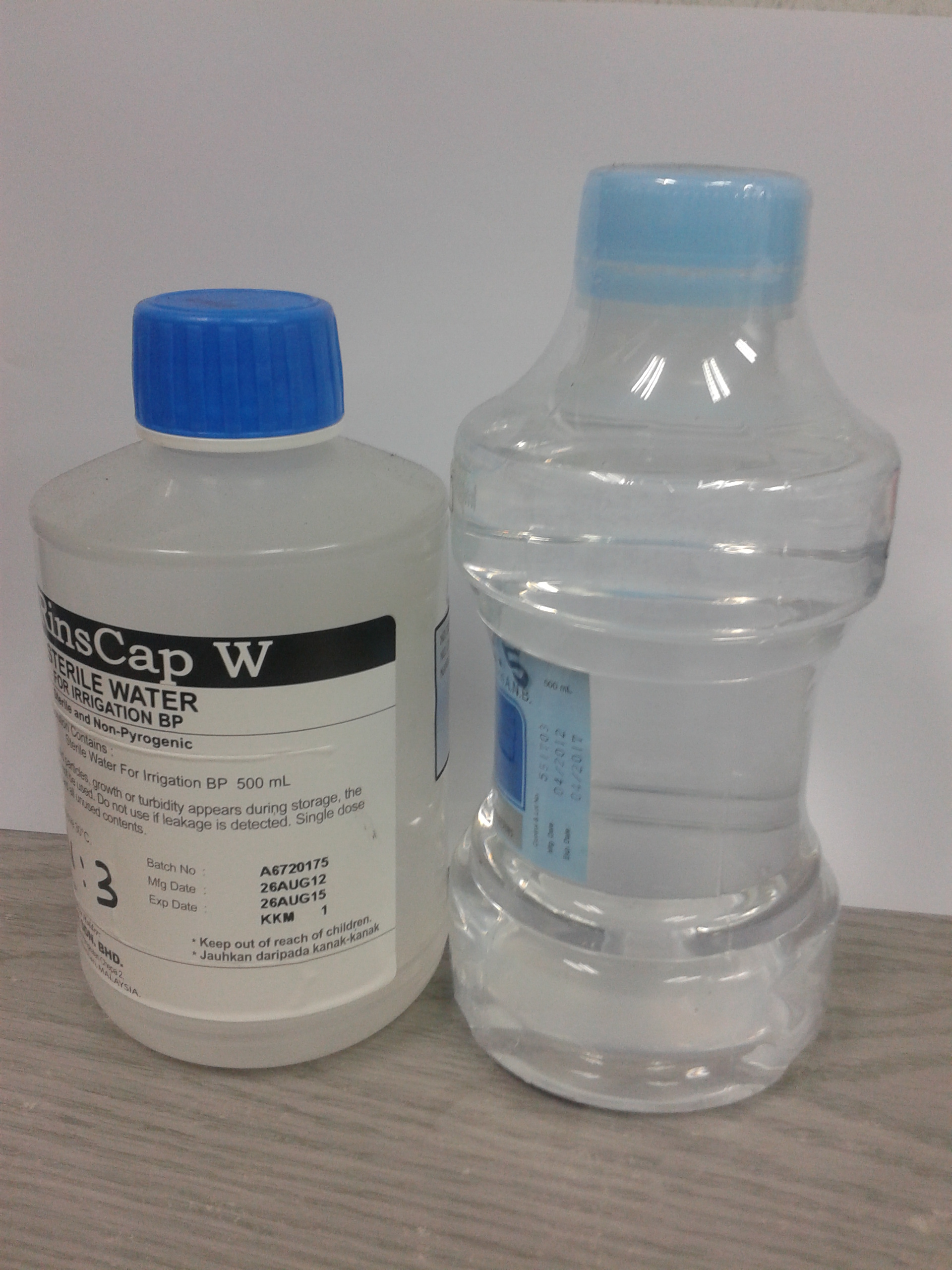
- Lotion
Lotion cannot be taken orally and is for external use only by rubbing it on the skin surface. Example: Sunblock lotion.

- Gargle
Gargle is used to rinse and treat infections of the mouth. Example: Chlorhexidine mouthwash.

- Drops
Drops are liquids containing certain medications and placed into the cavity of the body such as the eyes, nostrils and ears to provide the desired therapeutic effect.
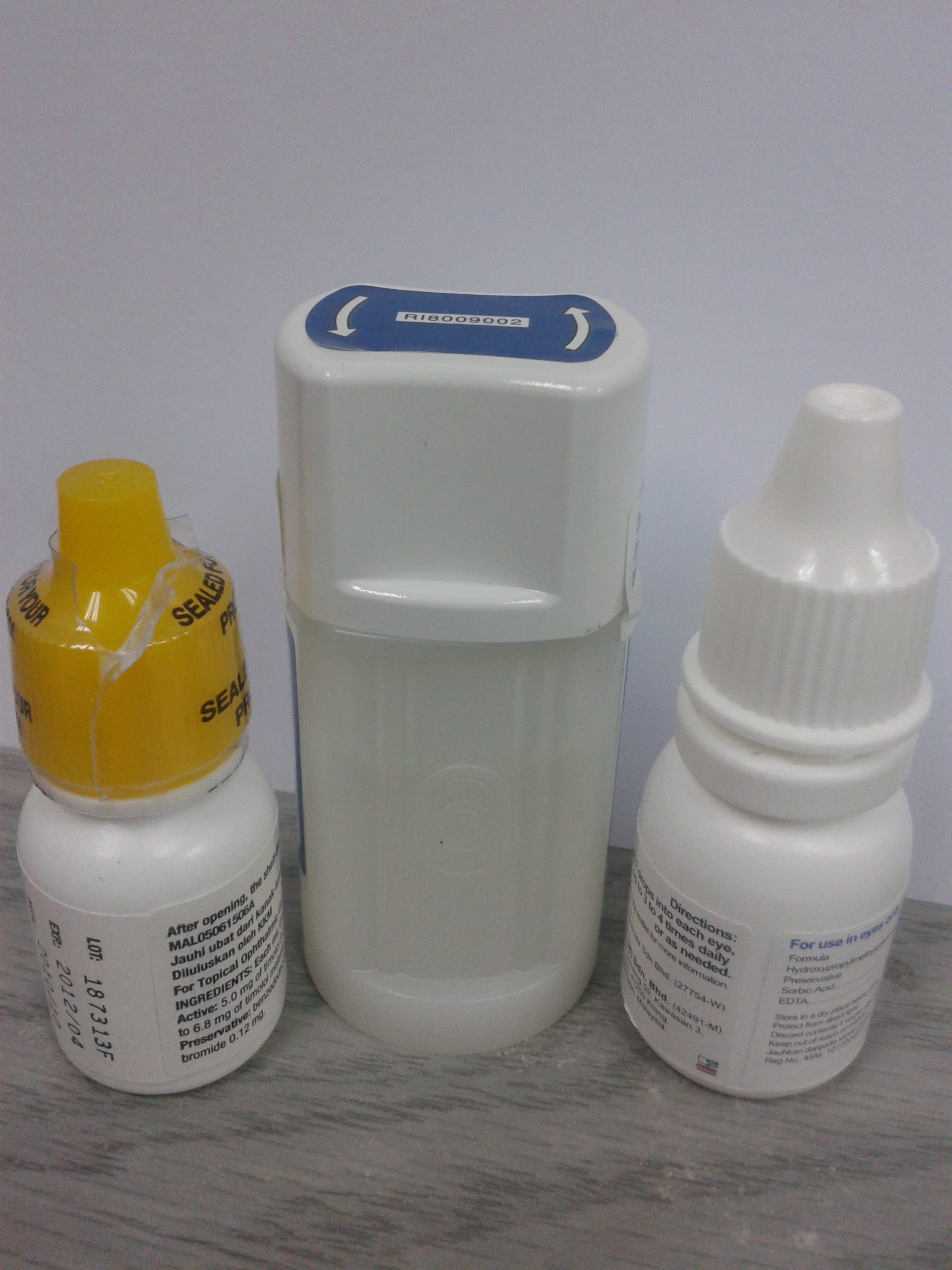
- Ointment
Ointment is an oil-based preparation and contains certain medications. It is applied externally such as onto the skin, eye or rectum to relieve irritation. Ointment is resistant to being removed with water, sweat and other body secretions and thus, is long lasting on the skin surface. Therefore, ointment is also used as a moisturiser and acts as a protective coating on the skin.
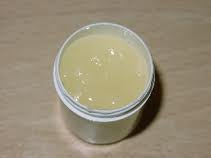
- Cream
Cream is a semi-solid dosage form containing one or more medicines for external use. Example: itch cream.
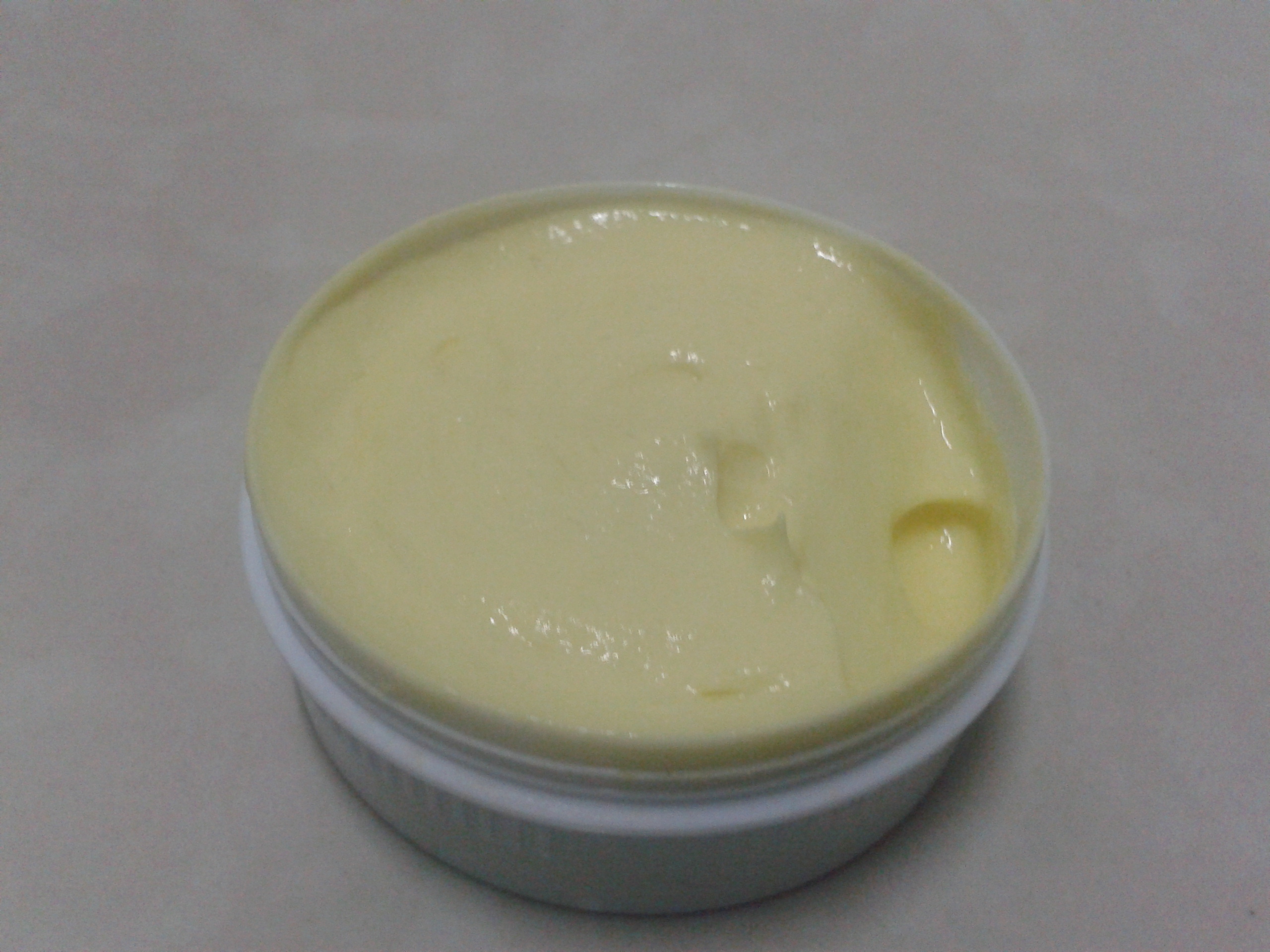
- Injections
Injections are sterile solutions containing medicines inserted into the blood vessels, tissues and organs of the body using a needle and a syringe. Injections are categorised by the route of injection into the body. For example:

- Intramuscular injection
The delivery of medicines either locally or systemically by injecting into the muscles, particularly deltoid muscle (shoulder), gluteus maximus muscle (hip) and quadriceps femoris muscle (front thigh).
- Subcutaneous injection
The delivery of medicines into the systemic circulation by injecting into beneath the fatty skin between the skin and muscle. This method is usually used for giving insulin, vaccines, opiates and hormones.
- Intravenous injection
The delivery of medicines into the systemic circulation by injecting into a vein (blood vessel). This method is commonly used for the provision of saline infusion and parenteral nutrition.
- Intramuscular injection
- Suppository
Suppository is a type of dosage form introduced into the body through the anus. It is made from a material that can easily melt at body temperature. It is used for patients with difficulty in taking oral medications, such as infants and the elderly. Example: Paracetamol suppository.
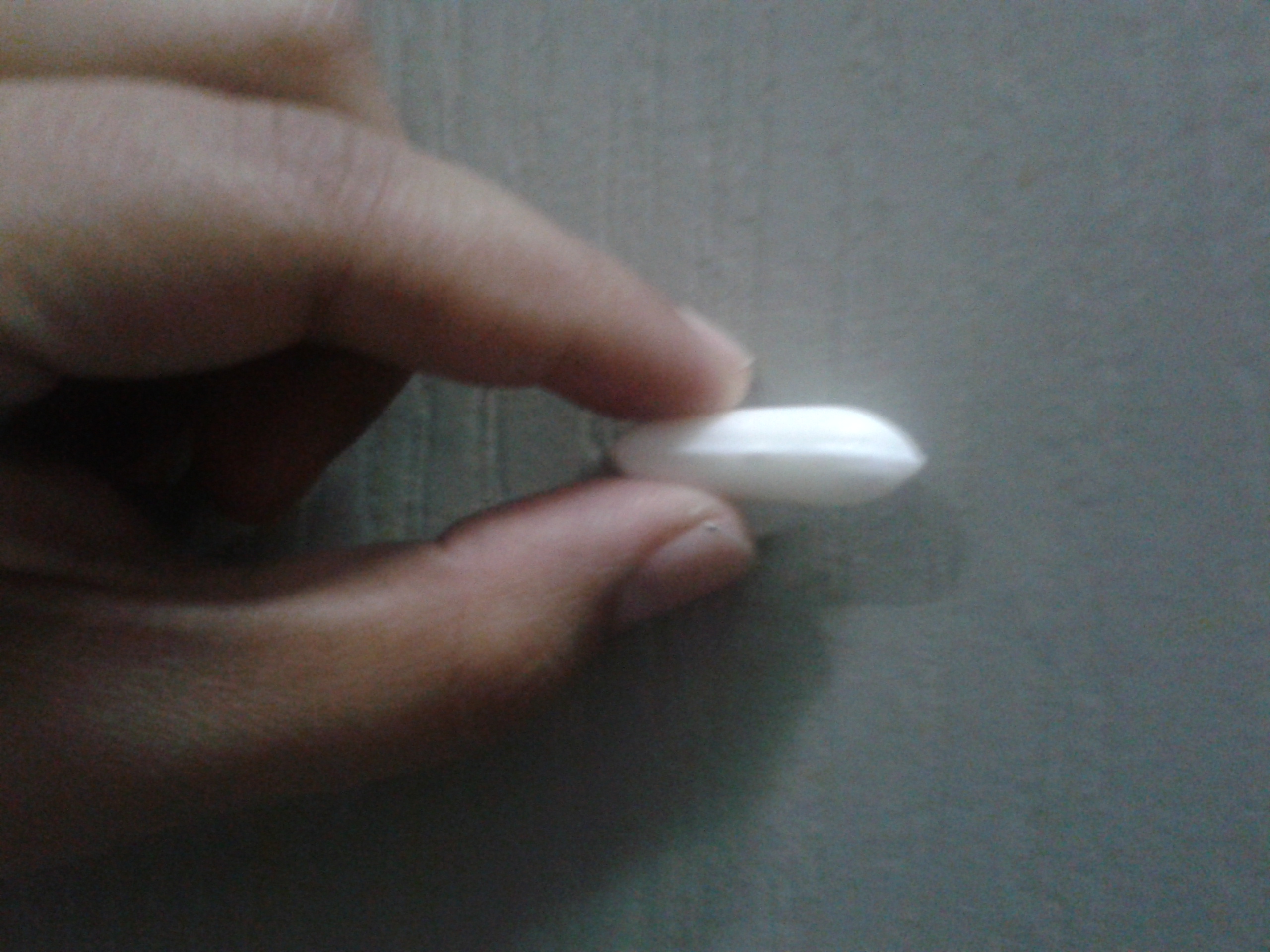
- Transdermal patch
Transdermal patch is a medicine formulation that is glued to the skin surface so that the medicine is absorbed through the skin into the blood to produce local effects. Example: nicotine patch.

- Inhaler
Inhaler usually consists of two types : aerosol or powder.
.jpg)
The term “aerosol” refers to sprays that result from a highly pressurized pressurised system / tool. This spray contains certain medications that are sprayed into the mouth.
 2.jpg)
There are also medicated powders that are supplied in capsules. Patients will place the capsule into a special inhaler that is capable of breaking the capsules so that the medicine can be inhaled into the respiratory tract through the mouth.
- Pessary
Pessary is an oblong tablet inserted into the vagina using a special tool to treat infections of the vagina. It is usually made from a mixture of glycerol and gelatin base.
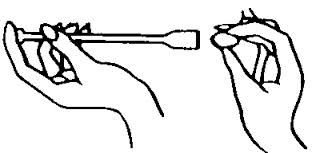
- Enema
Medicated liquid inserted into the anus for the purpose of cleaning the colon or to facilitate defecation.
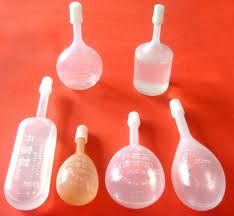
| Last Reviewed | : | 05 June 2014 |
| Writer: | : | Nurhazwani bt. Mohd Noor |







